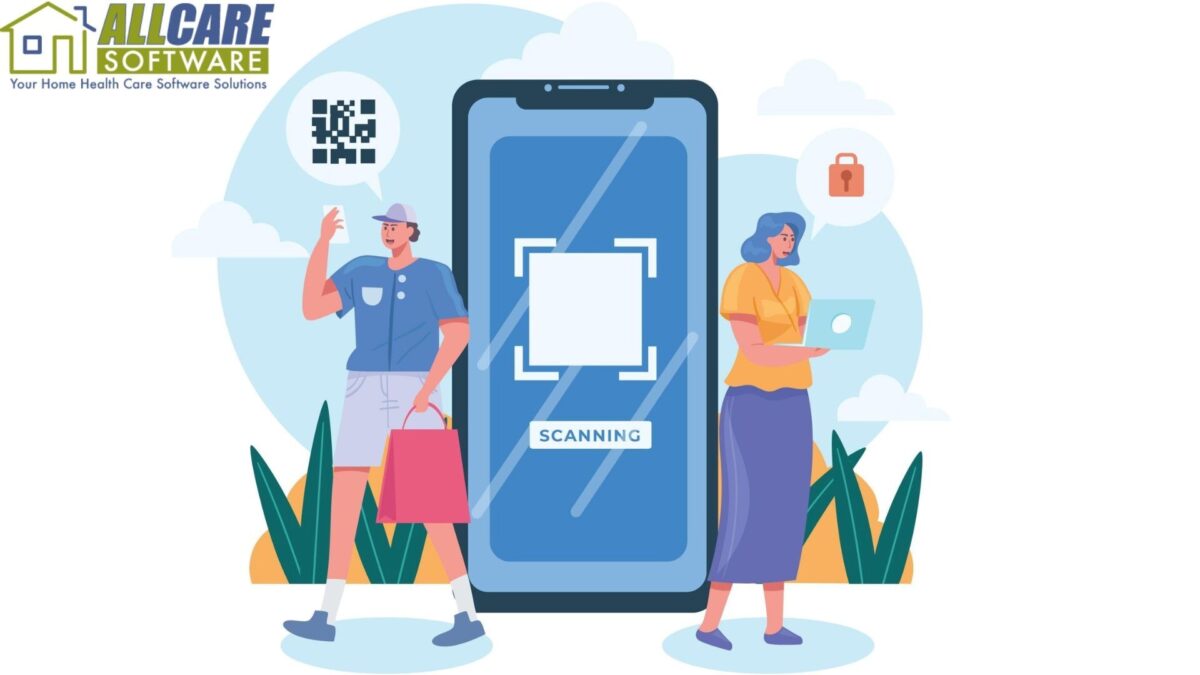Electronic Visit Verification (EVV) is a system used to verify the location, time, and duration of in-home care visits for individuals receiving Medicaid-funded services. The system is made to prevent fraud and guarantee that care is provided as intended. EVV is mandatory for certain states in the United States, and implementing an EVV solution can be a complex process for care providers. This article will cover the procedures for adhering to EVV and putting an EVV solution in place.
Understanding EVV requirements

The first step in complying with EVV is understanding the requirements set by your state. Each state has its own set of EVV requirements, and it is essential to be familiar with the specific regulations in your area. This includes understanding the type of EVV system required (e.g., telephone-based, electronic device-based, etc.), the data that needs to be collected, and the timeframe in which the data must be reported.
Choosing an EVV solution
Once you understand the EVV requirements in your state, you can begin choosing an EVV solution. Each EVV solution and provider has unique features and capabilities, many of which are available. Care providers should consider their specific needs and budget and evaluate the available solutions. It’s essential to choose a solution that meets your state’s EVV requirements and is easy to use for both care providers and recipients.
Implementing the EVV solution
The next step is to put your chosen EVV solution into practice. This includes configuring the system to meet your specific needs, training your staff on how to use it, and testing the system to ensure it works correctly. Finally, it is crucial to have a plan for the implementation and to communicate the changes to all the stakeholders involved.
Data collection and reporting
EVV systems collect data on care visits, including the time and location of the visit, and the duration of the visit. Care providers are responsible for collecting this data and reporting it to the relevant state agency. It’s important to establish a process for data collection and reporting, to ensure that the data is accurate and that it is reported in a timely manner.
Compliance and Auditing
EVV systems are subject to auditing by state agencies to ensure compliance with the regulations. Care providers should be prepared for audits by maintaining accurate records and being able to demonstrate compliance with EVV requirements. This includes having accurate and complete data, as well as being able to provide access to the EVV system for auditors.
Conclusion
EVV is designed to reduce fraud and ensure that care is delivered as intended. Implementing an EVV solution can be a complex process for care providers, but it is essential to comply with the regulations set by your state. By understanding the EVV requirements, choosing the right solution, implementing the system correctly, and maintaining accurate records, care providers can ensure compliance with EVV regulations and provide high-quality care to individuals receiving Medicaid-funded services.

